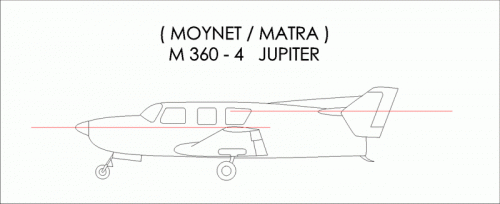Dass.Kapital
I really should change my personal text
- Joined
- 21 February 2012
- Messages
- 9
- Reaction score
- 1
Just a question.
So...other than inter war flying boat designs. One fighter from the WW II that comes to mind and a Cesna.
Why hasn't pusher/puller piston engined aircraft seen more use/development in a 'twin' or tandem' setting?
Much cheers to all.
So...other than inter war flying boat designs. One fighter from the WW II that comes to mind and a Cesna.
Why hasn't pusher/puller piston engined aircraft seen more use/development in a 'twin' or tandem' setting?
Much cheers to all.

